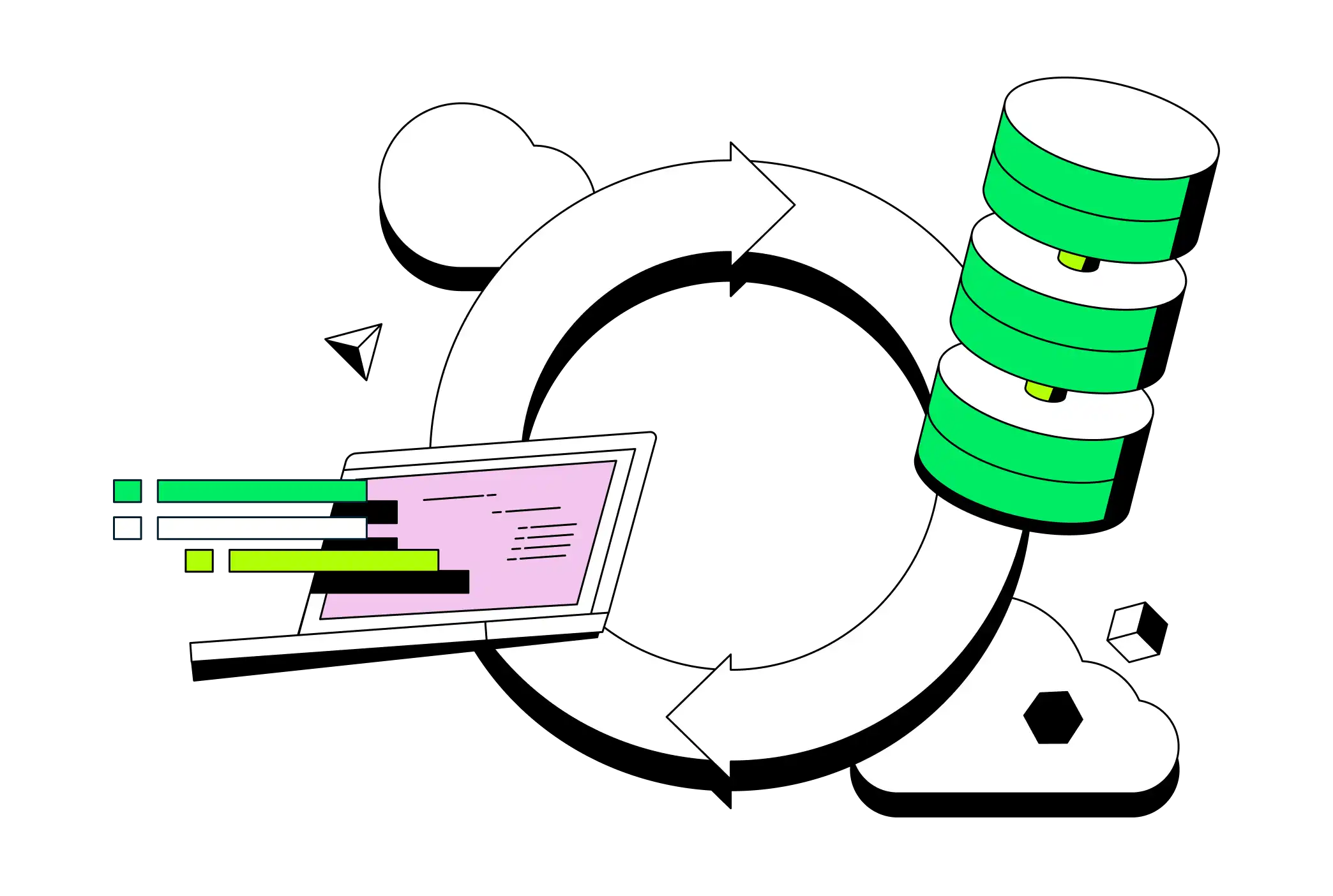Atlas Edge Server
You have a warehouse, retail store, or another premises where devices need to seamlessly sync their data. Those locations may or may not be online at any given time. Lack of a network connection shouldn't prevent the devices from sharing data with each other.
Edge Server runs on-premises and handles sync between local devices, and bi-directional sync between the Edge Server and Atlas.
Edge Server is now in Public Preview. Read our blog to learn about what's new.

Key Features
On-Premises Sync + Atlas
Edge Server is a local instance of MongoDB paired with a Device Sync server that runs on-premises. It seamlessly syncs with Atlas when it has a network connection.
Optimize Bandwidth
Delta Sync ensures that only fields with changes in a document are sent to Atlas. Mission-critical data is transferred efficiently while minimizing network congestion.
Client Independence
Edge clients can sync and access essential data independently, even when disconnected from the central database. Applications and devices in a connected infrastructure continue to function seamlessly, despite intermittent connectivity.
Edge Server Setup
Create an Edge Server Service
You can use Edge Server with MongoDB Drivers and tools in an Edge Server Service. Or you can use Edge Server with Atlas Device SDK to develop Sync-enabled mobile and edge applications, and get the benefits of conflict resolution and roaming between servers.
To get started quickly using an Atlas Device SDK mobile app, create a template app. This creates a a Device Sync-enabled App with a downloadable client that you can use to connect to an Edge Server.
Secure, Powerful, Fast
Secure Authentication
Built-in user authentication providers include anonymous, email/password, API key, and Custom JWT. A user-based permissions system lets you control who can access which data.
Conflict Resolution
Edge Server uses the Device Sync engine to handle conflicts. You don't have to write complex custom code to resolve conflicting writes from multiple Edge Servers. When you pair Edge Server with Atlas Device SDK, you get conflict resolution on the clients, too.
Reduce Latency
Having a local data layer enables rapid synchronization of critical data to edge devices. Reduce latency and enable immediate actions based on real-time insights.